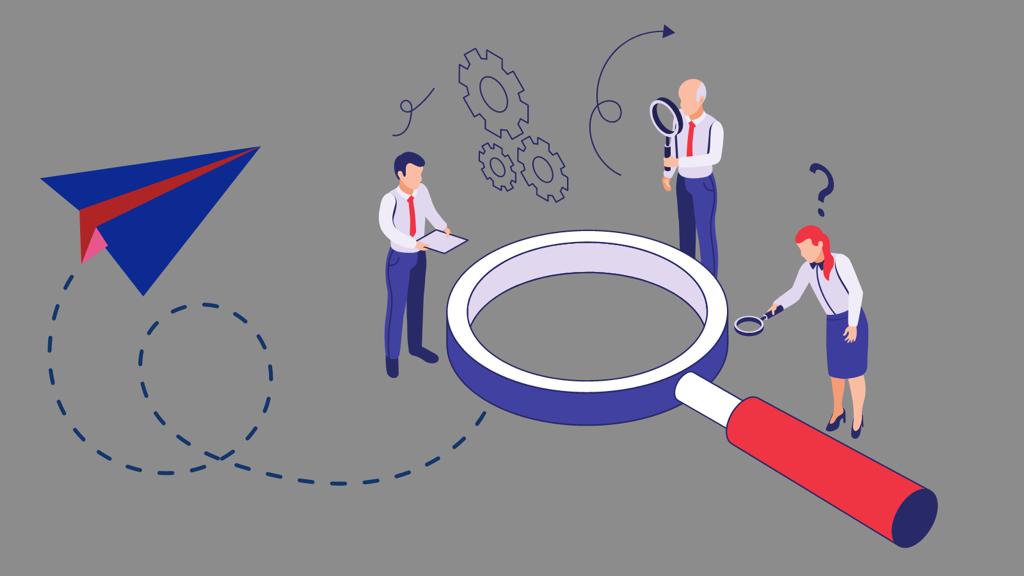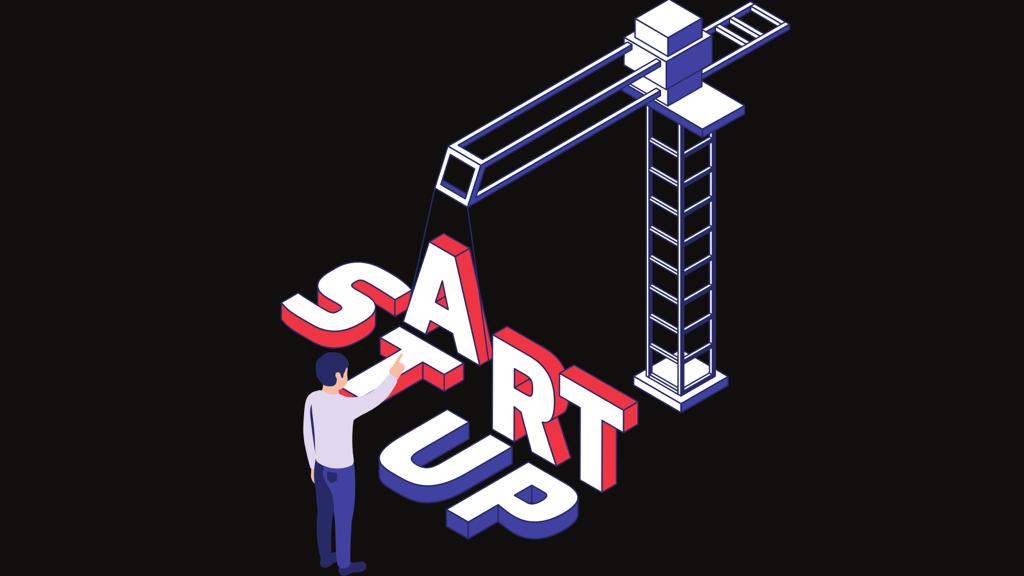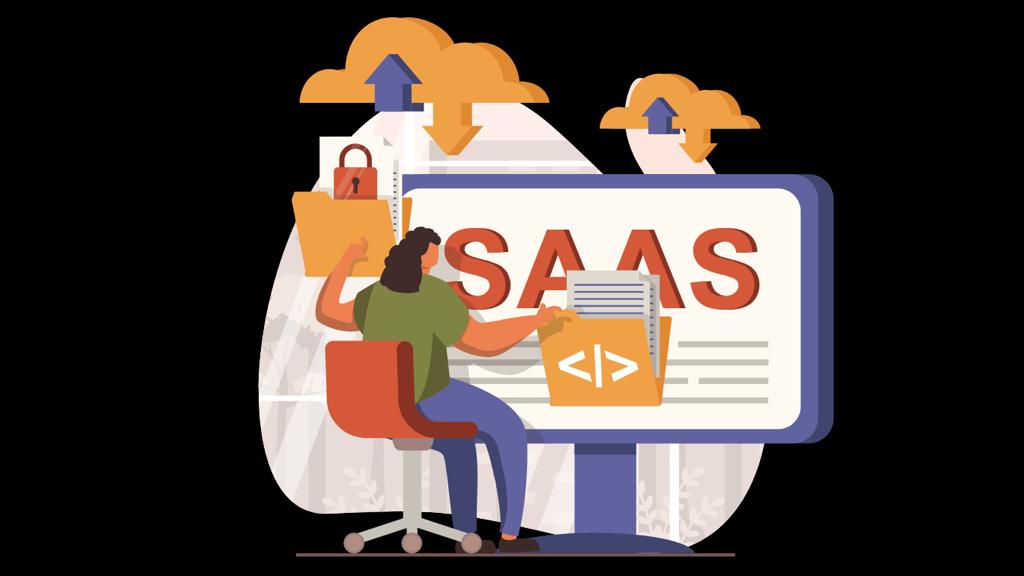
Introduction
It takes more than just opening your doors and launching your website to establish a startup. Planning for a debut is important too long before that occurs. There is a true art to planning, and those with extensive startup experience, like us, handle the launch of a new concept very differently than someone embarking on their first venture. We know that time can be our best ally and worst foe. And we make every effort to protect our time so that it is used as effectively as feasible.
So, how does that truly appear? From a veteran, here are 10 stages for starting a startup…
List of 10 stages for starting a startup
1. Determine the issue, not the answer
We all get enamoured with brilliant solutions: “Wouldn’t it be wonderful if…” is the mantra of every new startup. But right now, it’s much more critical to define the issue than the answer.
One possible answer is Netflix, which offers movie streaming on any device for $15 per month.
However, the cost of cable is a much bigger issue. Your viewing options are badly limited by broadcast television.
Multi-form factor output is crucial because people are increasingly consuming material on their mobile devices rather than on their TVs. Your end result should make up the foundation of all of these issues. The answer may evolve as you become more familiar with the issue, but taking the time to clearly state the fundamental issue will help direct your efforts in every area, from product development to marketing, along the way.
It serves as a startup’s compass.
2. Conduct a Fundamental Analysis
Do as much online study as you can on your idea before you move a muscle or speak to anyone about it. 10 minutes of building your startup blindly and discovering that customers are flocking to a different solution to the problem you’re solving are saved for every minute spent conducting online research.
Do more than simply ask “Is there another startup doing the same thing?” when conducting your research. There might not.
Consider asking, “Where can I discover examples of people solving this problem differently?” instead.
Before Netflix, a lot of people watched videos. Therefore, it is not as though the issue of watching movies wasn’t already being resolved through a variety of methods.
What do customers currently expend on the issue? To determine whether they are satisfied with it, read internet reviews. To create the best possible product, you must first develop a picture of how the issue you’re solving is presently being solved — and where the gaps are.

3. Speak to specialists
The solution you’re looking for almost always already exists in someone’s mind. That head usually belongs to someone who has experience in an earlier iteration of your startup. If you were Netflix’s founder Reed Hastings, you would be speaking with executives from Time Warner Cable, Blockbuster, HBO, and big studios. You’re interested in learning why the current solutions don’t seem to be functioning as they ought to. Instead of having to learn the hard way, you want to hear their war tales and gain wisdom from them.
You’d be surprised at how willing people are to assist, so don’t be afraid to approach an authority figure who you may have looked up to for years.
Asking inquiries about the environment they have been a part of for such a long time always gets a subject matter expert talking. Approach strangers and pose probing inquiries. Take talks seriously.
Consider each expert response to your query as a shortcut to a lifetime’s worth of experience that you won’t need to acquire from start.
4. Create a product idea
You need a product concept before you even begin to work on the real product.
This is the tale you would tell a potential customer about the future of the merchandise. Without possessing the product, you need to provide as much information as you can.
Imagine being able to immediately access thousands of movies and TV programmes whenever you wanted, on any device, Reed at Netflix would say.
He continued by outlining all the wonderful features that Netflix offers, such as the ability to view entire seasons of shows and switch between devices while watching the same show.
The idea behind your offering is crucial. Before you start investing actual cycles in creating the real product, it’s what you’ll share and improve a million times.
Functionally, it could be anything from a PowerPoint presentation to a paragraph-long text explanation.
It must create a picture that engages prospective customers.
5. Get Beta Users
Your first clients are beta testers. They may be clients before you have “real” customers in some circumstances. They are the ones who will test out your products when no one else would even consider them. You have early users in them. One can recruit testing testers before you even have a product. You can get started by determining who would likely be a client (not just your roommate who happens to be sitting next to you on the couch).
You can start with the idea for your product and move on to the finished item afterwards.
It’s crucial that you now find these users and continue to learn from them as you improve the product.
You have to keep pitching your concept to them until they understand it, even if it’s just a small group of five to ten people.
6. Make a Minimum Viable Product available (MVP)
Although tech companies are frequently linked to MVPs, this is not the only industry in which they are used. Create the most basic form of your product possible, then give it to your beta testers to experiment with. Almost all startups can produce an MVP. It only needs a little imagination.
Your MVP might be preparing the precise menu you have in mind for neighbourhood dinner parties or catered events, for instance, if you are opening a restaurant.
If you wanted to start a fashion startup, you would make a few prototypes and persuade your beta testers to wear them. To demonstrate how your service operates to potential clients, you would take on a small number of free clients if you were starting a services startup (such as accounting).
It’s not just about earning quick money with the MVP. It’s about using this iteration to learn how to improve the product until it’s awesome while understanding for a fact that your first attempt at a product will be flawed — possibly many times over.

7. Obtain Unknown Clients
Your beta testers will most likely be individuals you know. They are essentially the “low falling fruit” of potential customers who are interested in your offering.
That is very useful, but the true test is getting people outside your startup to use your product. Early client acquisition becomes crucial in this situation.
Early customer acquisition consists of three steps:
- Improving the proposal How does your Facebook advertisement read?
- Making changes to your translation When people select your ad, what do they find on your landing page?
- Price optimization (What is the ideal price and offer type?).
Before you get these three components just right, you will likely improve them hundreds of times. But right now, it’s crucial to just get the testing procedure going.
In the online world, this frequently entails running advertisements on Facebook and Google, sending visitors to a landing page where they can sign up, and then attempting to figure out how to turn that signup into a paying customer.
But there are other ways to find new clients. Your version might include finding new customers, learning how to close the deal with them (during a sales call, for example), and then figuring out how to keep them as a customer while maximising their value.
In each instance, it’s just a different way of learning how to find customers.
8. Keep a brand promise.
You’ll begin to notice a trend as you speak with an increasing number of customers about what they desire and anticipate from your offering in a startup. In essence, they are requesting your “brand promise” — what you can guarantee will be delivered if customers use your goods.
Can your yoga studio’s name guarantee a profoundly uplifting experience? How?
A brand promise that keeps customers coming back is the foundation of every successful startup (and some less successful ones). Your brand should keep up with words and need to prioritise them in all of your interactions.
It goes beyond the label of your artisan beer bottle. It’s an underlying emotion that you can always convey whenever someone deals with your startup or your merchandise.
9. Make the most of client comments
As their businesses expand, startups frequently view customer service as an unavoidable evil to keep making sales. That method is unquestionably incorrect. No matter how terrible it may sound at the moment, a startup in its formative stages needs as much customer feedback as possible. Every single company on the Startups. co website, which has over a million users, receives an email from Wil Schroter, the company’s founder and CEO.
We view it as a million possible points of feedback rather than a million potential complaints. Additionally, since every one of our clients is a founder, they all offer fantastic input. The key to a successful product roadmap for a new startup is to maximise customer input. Every single piece of data contributes to the product’s extremely formative nature.
That covers every channel conceivable, from face-to-face encounters with customers to back-and-forth tweets to voicemails left after business hours.

10. Check again
Reassessment is the final phase of the company launch cycle. It’s time to evaluate what you’ve accomplished and determine honestly if continuing in the same direction makes sense or if a change of direction is necessary.
What feedback do you receive from your clients? Do you have a direction in mind? Or does it appear that your original plan won’t work out after all? Does someone else perform it more skillfully than you ever could?
Being dishonest with yourself will prevent you from going bankrupt from continuing with a company that isn’t succeeding. Before you discover the concept that truly satisfies both your market and your passions, you might need to repeat this pattern a few times. But once you do, when you ultimately achieve product/market fit and the ideal idea, there is nothing better.
When you arrive, I’ll meet you there.
Conclusion
It’s not simple to launch a successful startup, but there are a few crucial measures you can take to increase your chances of success. Finding a market need or issue that your product or service can address is crucial in the first place. Next, create a compelling startup plan and pitch to convince investors to finance your venture. Bring together a talented and committed team to help you realise your vision, and don’t forget to give consideration to customer feedback and iterate your product as required. And finally, even in the face of obstacles and setbacks, maintain your commitment, and resilience, and focus on your objectives like WLC. By following these guidelines, you can lay a solid basis for a successful startup.
If you found this blog post informative, we encourage you to continue exploring the exciting worlds of technology. CLICK HERE to connect with like-minded individuals through comments and dive deeper into the latest developments in these fields like tech trends, mass layoff wave, ChatGPT, etc…





